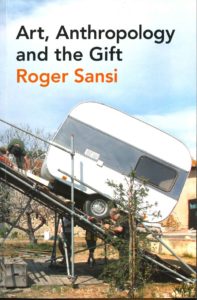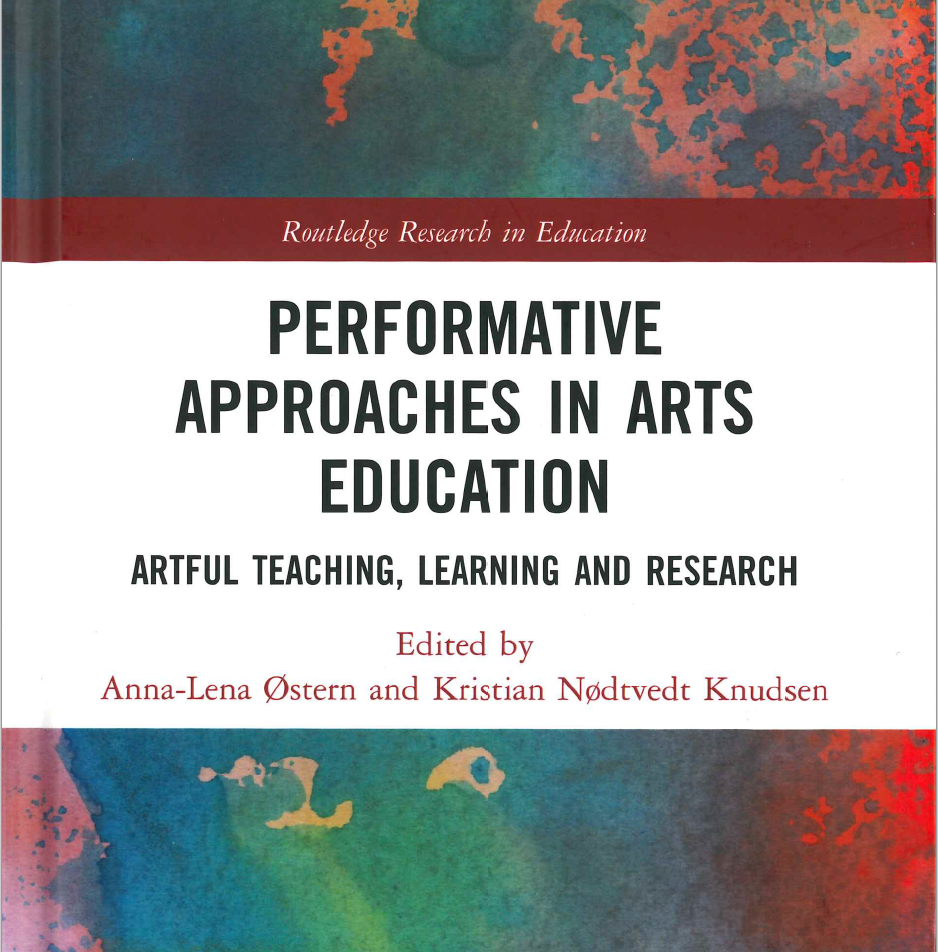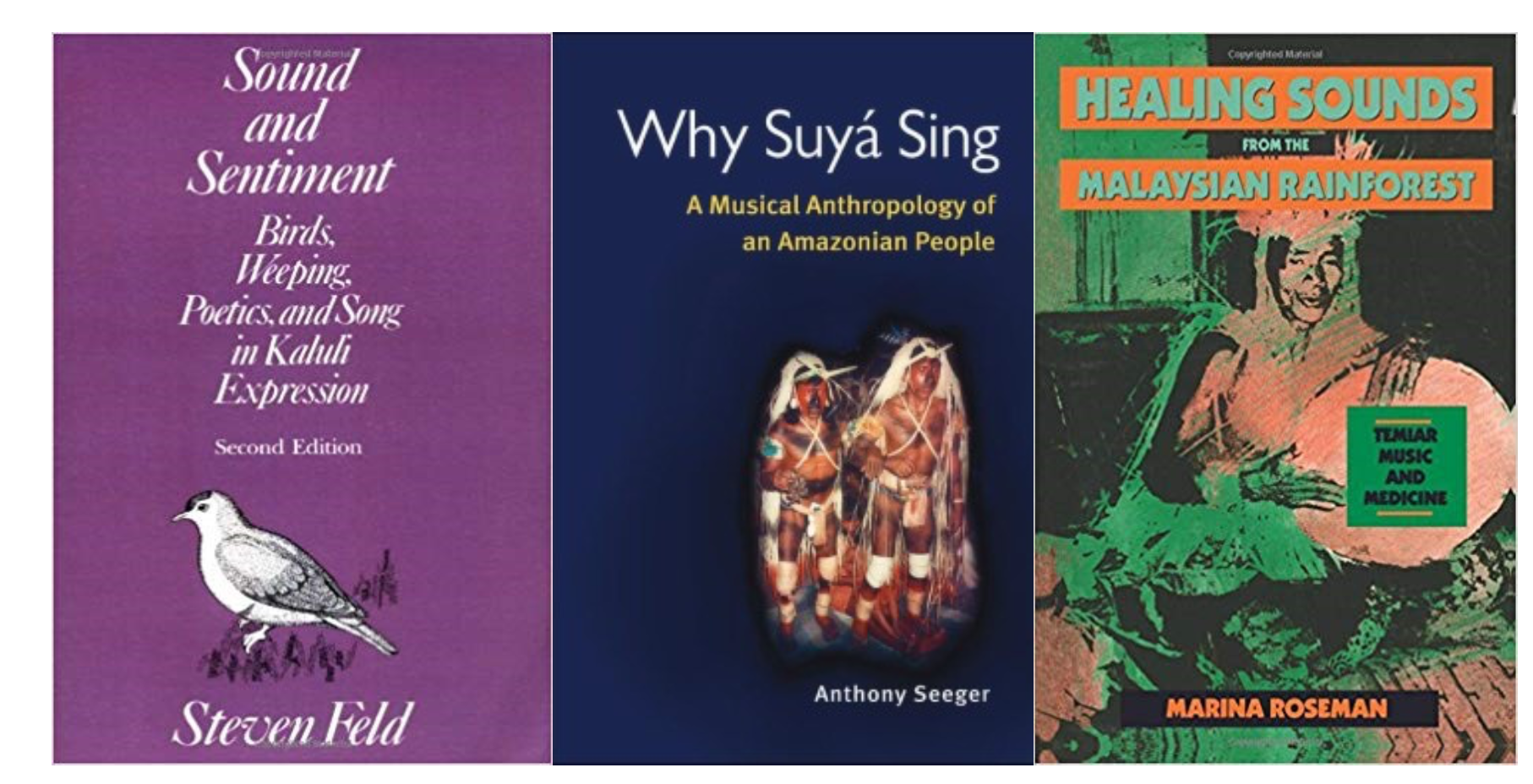This is a ‘traveling library’ intended to be a place where many different useful (but not mandatory) references are collected; texts, artworks, films etc. Please expand and subsume your inputs under a theme (and create one if you wish)
Theme 1: Literature that discusses the connections between ethnography and arts:
Sansi, R. (2015). Introduction: After the ethnographic turn. In Art, anthropology and the gift (pp. 1-19). Bloomsbury.
Foster, H. (1996). The artist as ethnographer? In G. Marcus & F. Myers (Eds.), The traffic in culture. Refiguring art and anthropology (pp. 302-309). University of California Press.
Rutten, K., van. Dienderen, A., & Soetaert, R. (2013, 2013/10/01). Revisiting the ethnographic turn in contemporary art. Critical Arts, 27(5), 459-473. https://doi.org/10.1080/02560046.2013.855513

Theme 2: What is ethnography – today?
If you’re unfamiliar with ethnography, a good place to start is here:
Doing Ethnography Today: Theories, Methods, Exercises
Elizabeth Campbell and Luke Eric LassiterDownload
Introduction to Critical Ethnography: Theory and Method
MaddisonDownload
A Different Kind of Ethnography – Imagining and Walking
Denielle Elliott and Dara Culhane
Download


Theme 3: Art – as encounters
Coumans, Anke: Art as encounter
Borello, M. H. (Ed.) (2015). Art as Social Practice: A critical investigation of works by Kenneth A. Balfelt.
Bishop, C. (2004). Antagonism and Relational Aesthetics. OCTOBER 100
Bourriaud, N. (1998). Relational aesthetics. Excerpt in C. Bishop PARTICIPATION
Theme 4: Pedagogy – as encounters
Freire, P., & Shor, I. (1987). What is the «dialogical method» of teaching? . The journal of education, 169(3), 11-31.
Anundsen, T. W., & Illeris, H. (2019). Inhabiting practice: Performative approaches to education and research as art. In A.-L. Østern & K. N. Knudsen (Eds.), Performative approaches in arts education: Artful teaching, learning, and research. Routledge.
Biesta, G. J. J. (2013). Creativity. Chapter one from The beautiful risk of education. Paradigm Publ.
Illeris, H. (2015) “Just Building”: Togetherness as Art and Education in a Copenhagen Neighborhood. Visual arts research 41(1)
Rogoff, I. (2007) Academy as potentiality. Zehar.net


Theme 5: Shared from lectures etc in Lesvos
List of references from Panos: Suggested readings in Sound anthropology
0 Comments